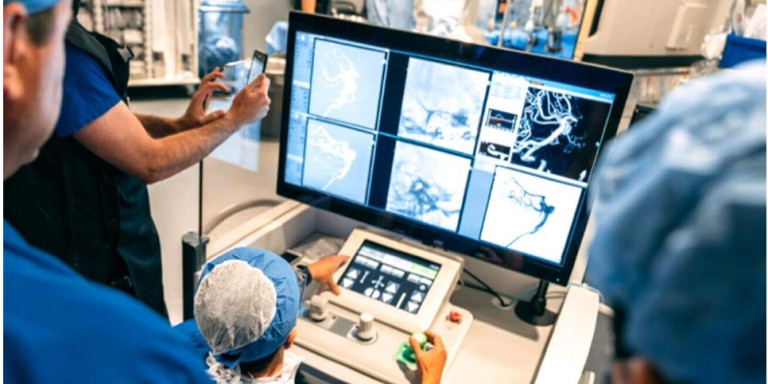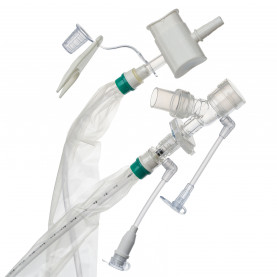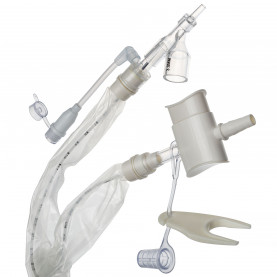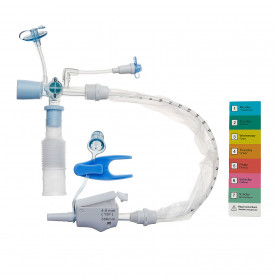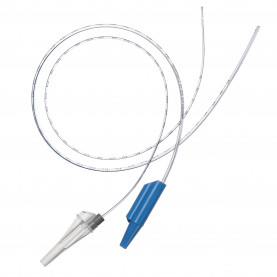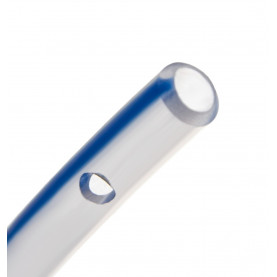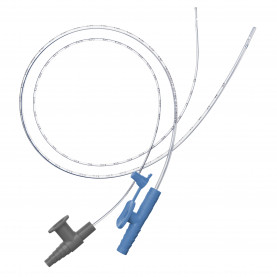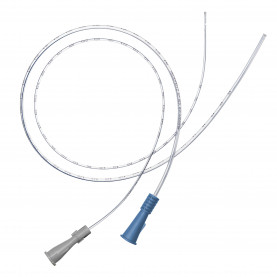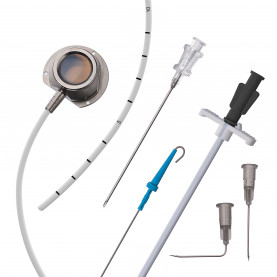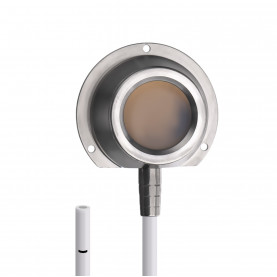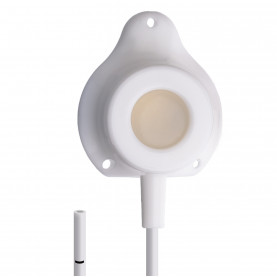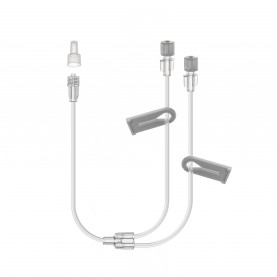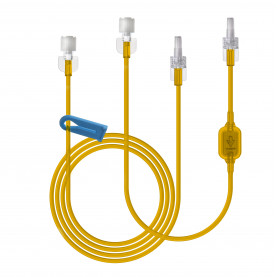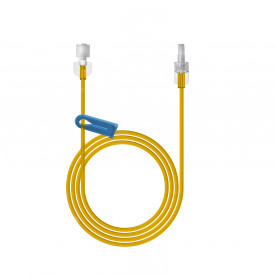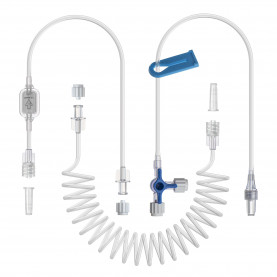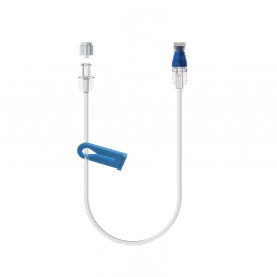World’s first robot-assisted brain aneurysm surgery performed in Toronto
TORONTO – A team of Toronto doctors has completed the world’s first brain aneurysm surgery using robotics, leading to hope of better treatment for aneurysm and stroke patients, especially in areas where specialized surgical expertise isn’t available.
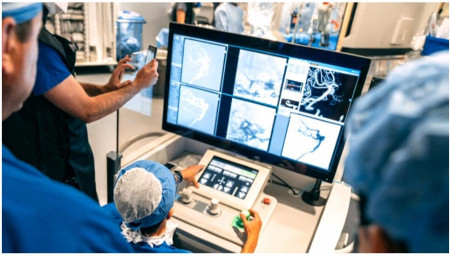
Neuroradiologist Dr. Vitor Pereira, who controlled the robot from a console inside the operating room during the Nov. 1 surgery, told CTV News Channel Thursday that the technology brings “a lot of precision to very delicate interventions that we have to perform to treat brain aneurysms.”
The robotic arm acts as an “extension of my hands and my arms with more precision inside the patient.”
The 64-year-old female patient had a large brain aneurysm that was at risk of rupturing, which is potentially fatal. During a 2.5-hour operation, surgeons navigated a micro-catheter to the patient’s brain through a small incision in her groin. Guided by X-rays, Pereira used the robotic system to place a stent to rebuild the artery, and to implant coils to cut the aneurysm’s blood supply.
“And now she’s not at risk of having a rupture anymore,” said Pereira, who is with the Krembil Brain Institute at Toronto Western Hospital. The patient was discharged from hospital the next day and is now recovering at home.
"I can't believe how lucky I am," the unidentified patient wrote in a statement provided to CTVNews.ca by Toronto Western Hospital. "I'm living proof that such procedures are possible through robotics."
She said she was suffering from vertigo in August and had an MRI at the hospital. Doctors found a large aneurysm – a weakened wall in her blood vessel that forms a blister – that wasn’t related to her dizziness, but was at risk of bursting open. She was referred to the Krembil Neuroscience Centre where she was assured by Pereira “that the size and location of my aneurysm made me a perfect candidate to have the surgical procedure performed for the first time solely by robotics.”
The surgery can also be used to resolve ischemic strokes, which also block blood flow to the brain.
The hope is that the robot-assisted surgery could be performed remotely on patients in rural or isolated areas where the expertise to perform these intricate surgeries isn’t locally available. If the robotic systems were in place in hospitals, they could be operated with a trained technologist on site and a neurosurgeon located anywhere in the world.
The Toronto team involved in this first procedure, which also included neuroradiologists Dr. Timo Krings and Dr. Patrick Nicholson at the patient’s bedside, and Nicole Cancelliere, a medical radiation technologist acting as the bedside robotic technician, hope to test a remote surgery within a year.
Timely treatment for ruptured aneurysms and strokes is critical, because the brain’s cells die quickly when starved of oxygenated blood and that damage is irreversible.
The CorPath GRX robotic system used in this ground-breaking surgery was developed by Corindus, a Massachusetts-based subsidiary of Siemens Healthineers AG.
Robots are routinely used for joint replacements and heart surgeries, but moving to the complexities of the brain has taken more time.
“The field of neurovascular intervention is changing rapidly, but there remains a significant need to expand access to care and reduce treatment times,” Mark Toland, CEO of Corindus, said in a statement about the Toronto surgery.
“Implementing robotic capability for neurovascular intervention is the first step toward our vision of providing patients’ access to the world’s best specialists regardless of their geographic location. Building a body of clinical research on neurovascular robotics while training physicians to be robotics experts today will allow us to maximize physician impact and reach with remote telerobotics tomorrow.”

